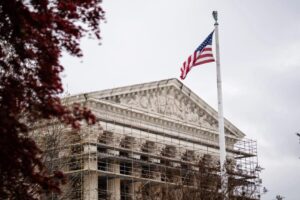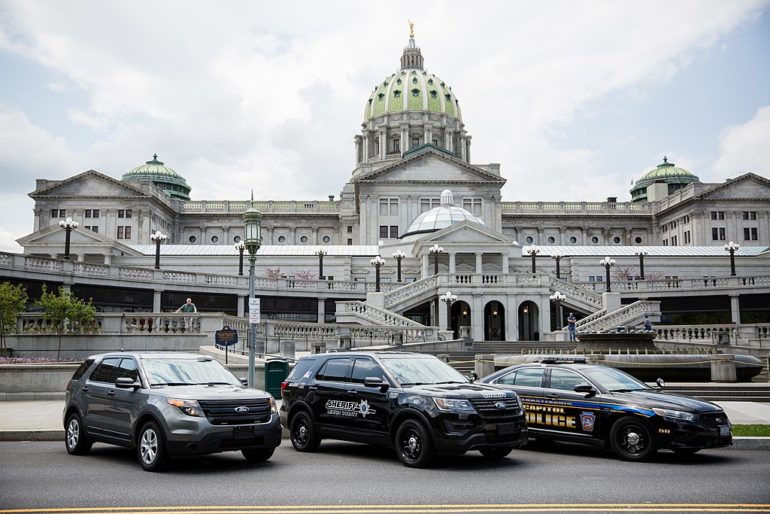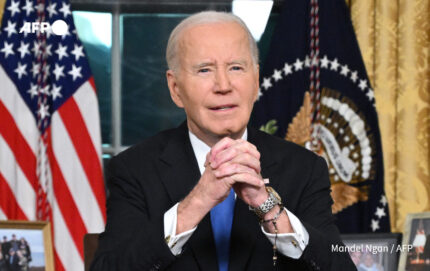Capitol Police are intensifying their investigation following the discovery of a one-inch zip-lock bag containing cocaine in a ‘heavily trafficked’ area just blocks away from the U.S. Capitol building. The illicit substance was found on the second floor of the U.S. Capitol Police (US Capitol Police) headquarters on Wednesday, shortly before 1:00 p.m. ET. This discovery comes only months after a similar incident rocked the White House, where a bag of white powder, later confirmed to be cocaine, was found in a cubby hole.
The specific location of the cocaine discovery, within the US. Capitol Police headquarters, raises significant concerns about security protocols and potential risks within the heart of the nation’s capital. According to statements released by the US Capitol Police , the hallway where the cocaine was found serves as a staging area for furniture and supplies and is frequented by various contractors and employees. Its proximity to essential offices such as Prisoner Processing, Crime Scene, Intel, and Reports Processing underscores the gravity of the situation. Following the discovery, the residue underwent field testing, confirming its composition as cocaine, prompting an immediate response from law enforcement authorities.
Challenges in Identifying the Culprit
An air of mystery shrouds the investigation, exacerbated by conflicting reports and procedural discrepancies. Initial confusion regarding the location of the contraband, ranging from the White House library to the West Wing lobby, underscores the chaotic aftermath of the discovery. Discrepancies also emerged in the preliminary tests conducted by the D.C. Fire Department’s Hazmat team, which detected opioids and amphetamines, while the Secret Service’s findings proved inconclusive. This disparity underscores the complexity of forensic analysis and highlights the challenge of corroborating evidence in high-profile cases.
Amidst the media frenzy surrounding the incident, the Secret Service sought to clarify procedural differences, emphasizing their commitment to rigorous testing protocols. The communications chief reiterated the agency’s reliance on formalized testing procedures, implicitly questioning the validity of initial findings. Despite efforts to manage public perception, lingering doubts persist regarding the integrity of security measures within the White House and the efficacy of investigative procedures in safeguarding presidential sanctity.

Implications and Fallout
The discovery of cocaine within the hallowed halls of the White House reverberates beyond the confines of the administration, casting a shadow over President Biden’s tenure. Questions regarding accountability and oversight loom large as scrutiny intensifies over lapses in security protocols and the efficacy of investigative measures. The incident underscores the vulnerability of high-security environments to external threats and raises concerns about the integrity of access control mechanisms within the presidential residence.
Moreover, the absence of media coverage during the initial stages of the investigation raises eyebrows, fueling speculation about the administration’s handling of the incident. As the dust settles, calls for transparency and accountability resonate, demanding a thorough review of security protocols and investigative procedures. In the face of escalating geopolitical tensions and domestic challenges, restoring public confidence in the sanctity of the presidency emerges as a pressing priority for the Biden administration, underscoring the enduring resonance of this unprecedented breach of security within the heart of American democracy.
Implications and Ongoing Investigations by Capitol Police
The recurrence of drug-related incidents in high-security government buildings raises questions about the effectiveness of existing security measures and the potential infiltration of illicit substances into sensitive areas. The proximity of the latest discovery to critical operational offices within the Capitol Police headquarters amplifies concerns regarding the safety and integrity of law enforcement facilities. Authorities are now focusing their efforts on tracing the origin of the cocaine and identifying potential perpetrators or accomplices involved in its transportation and placement within the US Capitol Police headquarters.

The timing of this incident, occurring amidst heightened scrutiny of security protocols following recent breaches and security lapses, underscores the urgency of addressing vulnerabilities within government facilities. Capitol Police have assured the public of their commitment to conducting a thorough investigation and implementing necessary security enhancements to prevent similar occurrences in the future. As the investigation unfolds, the implications of this latest discovery on national security and law enforcement operations remain a focal point for authorities tasked with safeguarding the integrity of government institutions














